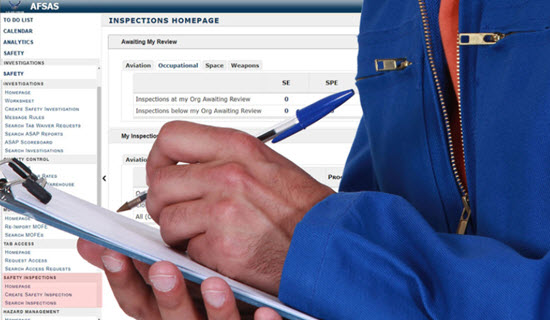Did you know improper storage and handling of flammable liquids is one of the leading causes of industrial fires? Everyone knows moving hazardous waste is dangerous, but how it is stored presents risks as well.
OSHA Standard 1910.176 directly communicates the requirements around materials handling and storage, but there is more that employees can do to prevent, spot and remedy issues before they become bigger problems. Remember that the risks associated with improper hazardous material handling are not limited to your facility. Not properly storing hazardous materials can impact water sources, initiate hard-to-contain fires or result in toxic releases that can impact community air quality and safety. You have a responsibility to protect your community.
Here are five introductory tips on how to keep your hazardous materials storage areas safe:
Tip #1: Maintain proper housekeeping in and around the area
Keep aisles and floors clean and dispose of trash daily to reduce flammable substances nearby. Implement a sign-off sheet at the entry for employees to initial and timestamp routine inspections. This will not only prioritize safety, but also build good habits.
Tip #2: Check every label, every sign, every time
Container labels and safety data sheets (SDS) display vital information, including what to do in case of spills. These detail the wastes’ physical and chemical characteristics, fire and explosion hazard data, reactivity and health hazard data.
A floor-to-ceiling approach ensures nothing is missed. Train employees to examine the entire area including identifying the location of exit routes, fire extinguishers, clean-up materials, first aid kits and more. Observe ceiling signage all the way to floor markings that designate safe storage locations.
Tip #3: If you see something, say something
Is a container leaking? Is there any sign of rust? A missing label? Is the lighting adequate? Provide convenient, effective ways for employees to report concerns so the communication remains open, honest and ahead of potential issues.
Tip #4: Utilize secondary containment
Secondary containment can be the difference between a small, contained spill or a facility fire. Containment pallets, decks and more can help you comply with SPCC, Stormwater and Secondary Containment regulations and help protect everyone from the hidden dangers of hazardous liquids.
Tip #5: Routinely inspect the area or work with a partner that will
Depending on waste types and volumes, the hazards presented in your storage area can change daily. The most important part of staying safe is staying vigilant and keeping track of what you produce and how you store it, every day. Learn new techniques and spot issues before they become problems through a site visit with a compliance expert.
As a generator, you are responsible for the waste your facility produces and for making sure it is stored, transported and disposed of in the most environmentally responsible way possible. Safety-Kleen is your partner in keeping you compliant and keeping your employees and the community safe.

